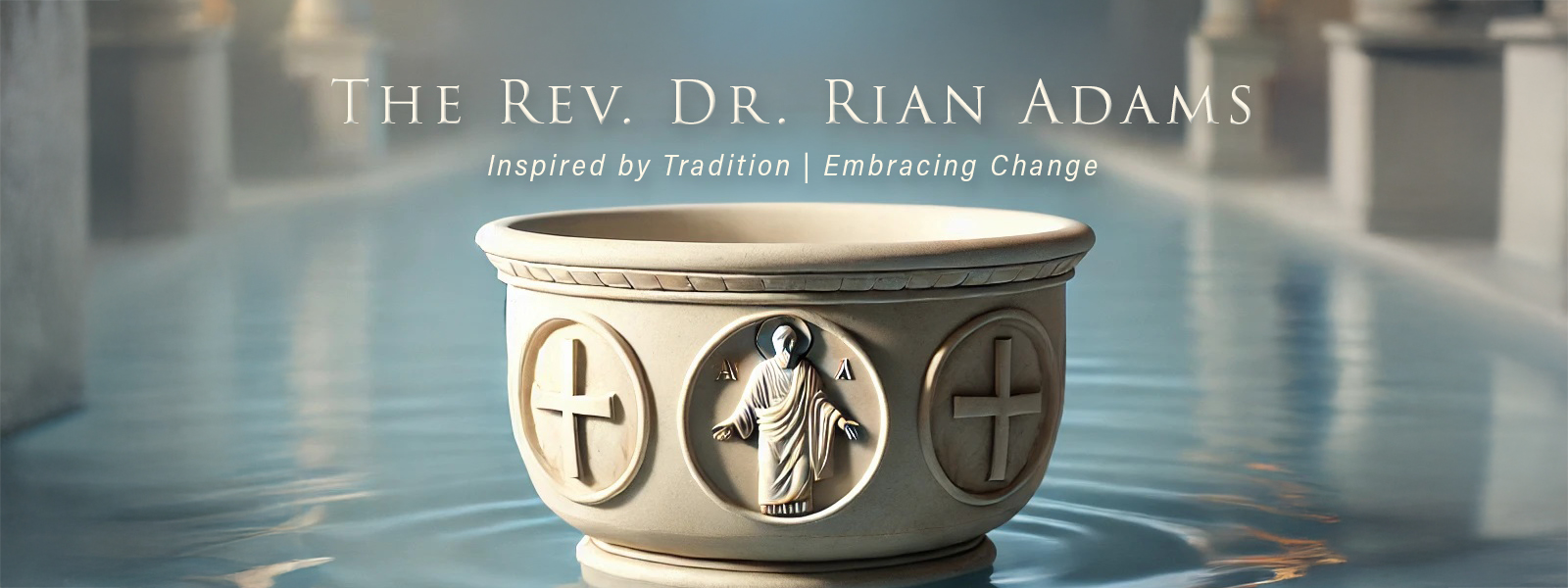Allow me a confession: I love Gibson prewar banjos! I’ve caught a lot of flack over the years for being an amateur banjo player because people tend to assume I don’t have teeth. The complex was so bad that after graduate school I kept my “hobby” a secret so I could appear “intellectual.” (Hey, we all have our moments.)
Here’s me on an early 1930s prewar Gibson walnut style 2. There’s more information below the video.
I feel lucky sometimes, (well each day to be alive but that’s another story), to have family who encouraged me to play music and find a hobby.
Backstory of this prewar Gibson
I acquired this banjo decades ago as a gift from my grandfather. It’s an early 1930
They supposedly have a sound that we can’t reproduce today because the wood came from virgin timber in places like upper Michigan. Some say the metallurgists also used techniques that are rare and nearly unknown to us in the post-war era. That’s debated, but one thing is not contested: Prewar Gibsons are the cream of the crop.

This instrument began its life as a tenor banjo. It had a short neck and only four strings. Later it became
After the war, bluegrass became a popular style of music (Thanks to people like Bill Monroe and Earl Scruggs). So, there was an increased need for bluegrass banjos with five strings instead of four string tenor banjos. After the second world war, luthiers converted tenor banjos to their five-string counterparts.
Anyway, thanks for giving it a listen!
Related Posts
Prewar Gibson Banjo – Pike County Breakdown
Here’s my rendition of Pike County Breakdown played on my walnut Gibson style…
March 30, 2019Rian Adams: Acoustic Guitar Cover of Distantly In Love by Jimmy Buffett
Rian Adams Covers Distantly In Love by Jimmy Buffett Anyone who knows me knows I…
May 3, 2018